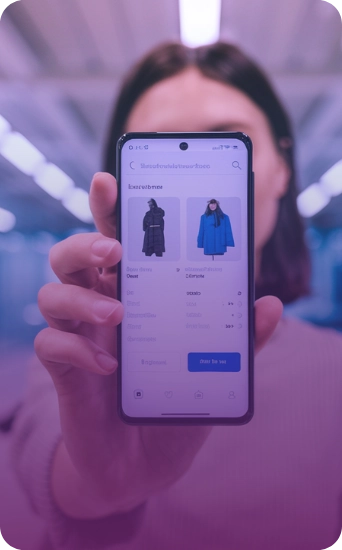Personalization with AI: customer journeys and relationships in the age of artificial intelligence
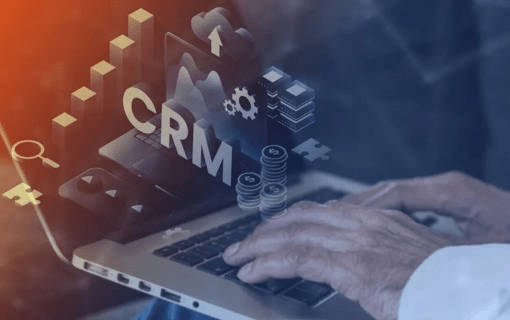
The operation of CRM (Customer Relationship Management) initiatives is at an important breaking point. Companies need to embark on hyper-personalization in their communications to meet the demands of their customers and consumers or they will suffer from a CAC (Cost of Acquisition) that doesn't close the account. Individual personalization in communications with the consumer is no longer a differentiator but a basic requirement for success in sales. With the artificial intelligence hype, data is no longer just a business asset, but the centerpiece of customer relationship strategy. The concept of 1:1 marketing has never been closer to reality, enabling ultra-personalized experiences based on predictive analysis and intelligent automation. The role of data lakes and CDPs in personalization The key to this new paradigm lies in the appropriate use of data lakes and Customer Data Platforms (CDPs). These technologies unify information from different touchpoints and allow for a holistic view of customers, correctly identifying their family profiles, purchase history and browsing patterns. The result? Tailored, relevant and highly effective experiences capable of boosting engagement and conversion. The customer experience is now powered by real-time data insights to ensure personalized and timely interactions. With AI, it's possible to offer recommendations and offers at exactly the right moment, taking advantage of every touchpoint to strengthen relationships and increase loyalty. In addition, intelligent automation efficiently organizes and manages customer information. Dynamic personalization and advanced segmentation Another advance brought about by AI is the dynamic customization of content. Titles, descriptions, product indexing and purchase recommendations can be adjusted according to purchase history, navigation and interactivity in e-commerce. The technology can also adapt headlines and email subjects in a more engaging way, increasing open and conversion rates. Adapting content and product suggestions to each profile not only improves the user experience, but also boosts sales. This level of advanced segmentation, with predictive AI, helps to create more granular audiences, grouped by interests and behavior patterns, ensuring that each customer receives truly relevant content and offers. This intelligence also optimizes the timing of communications, determining the best days and times for interactions, maximizing response and conversion rates. Database enrichment becomes more sophisticated with continuous analysis of user behavior. From the type of device used to the most accessed segments within a site, every detail can be captured to refine strategies and make the relationship more precise. At the same time, engagement management makes it possible to categorize customers according to their levels of interaction, adjusting approaches to improve customer retention and loyalty. The use of AI avoids exposure to irrelevant offers and focuses on what really interests the consumer, offering increasingly accurate product recommendations. This refinement in communication results in direct benefits for companies, such as personalized experiences that increase engagement, efficient service automation of customer journeys and the maintenance of clean and accurate databases. In addition, continuously adjusting the timing of interactions helps to maximize conversions and ensure that each approach has the desired impact. The evolution of CRM through artificial intelligence is not just a trend, but a necessity for companies that want to remain competitive. Personalization at scale, intelligent automation and predictive analysis make it possible to create experiences that really impact the consumer, strengthening relationships and increasing loyalty. In today's increasingly demanding customer landscape, investing in technology for efficient management software is the difference between growing or falling behind.
How to implement Fulfillment? See step by step
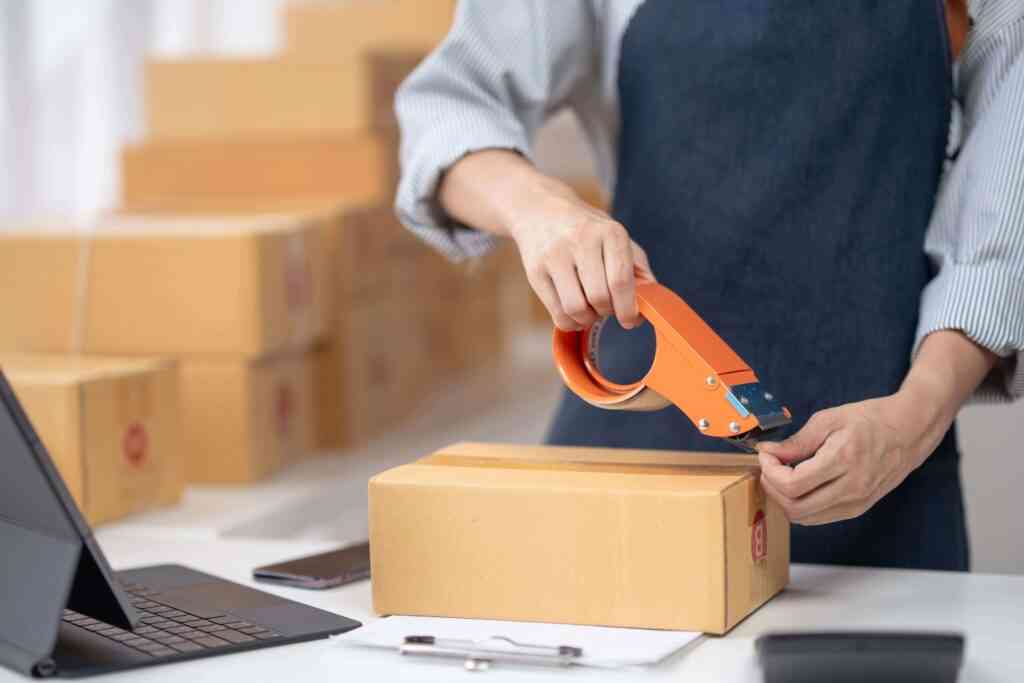
Fulfillment is an essential stage in the success of e-commerce, responsible for the entire process from receiving products at the distribution center to final delivery to the customer. Implementing it efficiently guarantees not only customer satisfaction, but also optimized operations and increased competitiveness in the market. Here's a step-by-step guide on how to put fulfillment into practice: 1. Planning and Structuring Fulfillment First of all, analyze your current operation and define your fulfillment objectives. Determine the physical space needed, the technologies that will be adopted and the teams responsible. This includes forecasting demand and adapting the logistics flow to the specifics of the products, such as perishables or fragile items. 2. Receiving and Storing Products The process begins when the products arrive at the distribution center. Use stock control systems to record each item, checking its integrity and ensuring that it is stored in an organized and easily accessible manner. 3. Order processing When an order is placed, the fulfillment system kicks in. The customer's information, such as address and product details, is automatically sent to the team in charge, guaranteeing a speedy start to the operation. 4. sorting, packaging and shipping Product sorting and preparation for shipment are crucial stages for efficient fulfillment. Use technologies such as pick-to-light or voice picking to optimize picking and ensure that items are separated quickly and accurately. Choose suitable packaging that protects the products and reflects your brand identity, such as customized boxes or sustainable options. After packaging, connect with reliable carriers to ship the orders, offering options such as express shipping or locker pickup. Ensure that shipping labels are correct and send automatic updates so that customers can keep track of the delivery status. Also structure reverse logistics to facilitate exchanges and returns, focusing on offering a satisfactory shopping experience from start to finish. 5. Monitoring and Continuous Improvement Monitor all stages of fulfillment using key performance indicators (KPIs), such as average processing time, on-time delivery rate and returns rate. Use this information to identify bottlenecks and implement improvements, ensuring the continuous evolution of the process. 6. technology Implementing fulfillment requires strategic planning and technological integration. Start by identifying a logistics partner or internal structure that meets the demands of your business. Invest in warehouse management systems (WMS) for stock control and in the use of software that connects all stages of the process, such as ERP and OMS. Make sure you train the teams involved and document workflows so that each employee knows their role. Also, align deadlines and quality standards with carriers and other suppliers to avoid failures in the operation. Implementing fulfillment in your company is a strategic step towards optimizing the logistics operation, reducing costs and providing a superior customer experience. With a more efficient and scalable process, your company gains agility in service, improves delivery times and strengthens its competitiveness in the market.
How do you balance e-commerce efficiency and personalization?
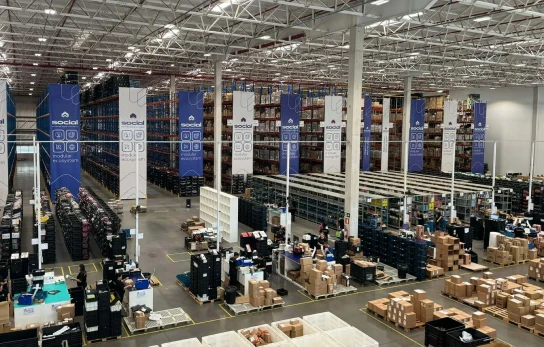
Year after year, the e-commerce market demonstrates its strength, consolidating the online shopping environment as a great ally for consumers. Unlike initial concerns about a possible dilution of physical retail, today we know that the two channels can be complementary, especially with the integration of omnichannel strategies, for example. According to Confi, in 2024, Brazilian e-commerce will grow by more than 10% compared to 2023, exceeding a turnover of R$ 200 billion. This turnover is concentrated in around 50% of the audience of ten major platforms, with the top 5 made up of: Mercado Livre, Shopee, Amazon, OLX and Magalu. Another factor that has added complexity to the market is the consolidation of artificial intelligence (AI) as an indispensable tool for brands wishing to secure a competitive space in this digital ocean. AI has become essential for personalizing experiences, automating processes and optimizing the purchasing journey. In this scenario, full commerce remains a strategic solution for many brands that choose to focus on their core business, delegating the operation to specialists capable of dealing with logistical, multichannel and multicustomer complexity. Operational challenges in full commerce Full commerce operations go beyond simply consolidating e-commerce processes. They need to balance the demands of a multi-customer and multi-product environment, ensuring sufficient standardization to maintain productivity without compromising the customization needed to reflect each brand's identity. Examples of this balance include: Overcoming these challenges requires a structured approach, in which a well-implemented Process and Quality Management System (QPMS) becomes the foundation for success. How can a process and quality management system help? The QMS can be summed up in three main pillars: standardization, monitoring and continuous improvement. A large part of a full commerce operation takes place in the logistics environment, where operational efficiency is indispensable. The implementation of strategic metrics and KPIs, such as stock accuracy rate and OCT (Order Cycle Time), ensures that processes are measurable and manageable. A well-structured QMS can, for example, significantly reduce picking times, optimize the use of inputs and even improve the layout of the logistics center, increasing the efficiency of inbound and outbound processes. The implementation of tools such as BPMN (Business Process Model and Notation) for mapping workflows and the creation of SOPs (Standard Operating Procedures) guarantee uniformity in essential processes such as picking, packing and shipping. However, in a multi-product and multi-customer operation, customization is also essential. The big challenge is that without standardization, customization becomes chaotic and difficult to manage. With an efficient QMS, customizations follow a controlled cycle: design solution, training, implementation and monitoring, allowing full commerce to be agile and flexible without compromising efficiency. Sustainable and competitive operations A well-structured QMS not only improves operational efficiency, but also contributes to the viability and sustainability of the business. Standardized and monitored processes reduce waste, optimize resources and increase competitiveness in the market. Practical examples include: Aligning standardization and personalization in full commerce In the dynamic and challenging scenario of full commerce, the balance between standardization and personalization is a competitive differentiator. An effective Process and Quality Management System not only simplifies complex operations, but also allows brands to deliver unique experiences to the end consumer. The main message is clear: viable, sustainable and scalable operations depend on robust processes, aligned with the specific demands of each client. There is still a lot to be explored when it comes to process innovation and quality assurance in customer service, especially with the efficient use of traditional tools such as NPS and other strategic metrics. These are points I intend to explore in greater depth at a later date, as the subject is vast and full of possibilities.
Marketplace or Flagship: which is best for e-commerce?
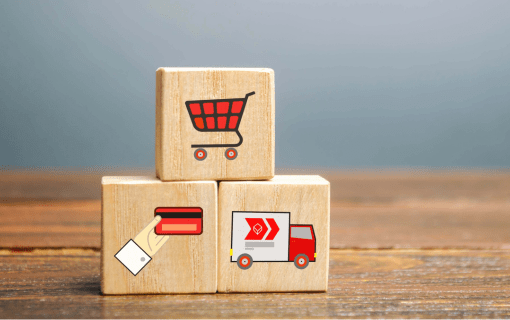
E-commerce keeps growing! Since the pandemic, selling online has become a habit for many people, and the numbers don't lie: according to Opinion Box's E-commerce Trends 2025 survey, 88% of Brazilians shop online at least once a month. This raises a common question among entrepreneurs: is it better to sell on marketplaces or have your own flagship store? The answer depends on what your brand is looking for and how much you're willing to invest. But before you decide, let's take a closer look at how each model works. What is a Marketplace? A marketplace is a virtual shopping mall where several sellers offer their products. Platforms such as Mercado Libre, Shopee, Amazon and Magalu act as intermediaries, helping to boost your ads, attract traffic and, in some cases, even take care of the logistics and delivery of orders. The great attraction of the marketplace is visibility. As these platforms already have millions of daily hits, your chances of selling increase. But beware: you pay a fee on each sale, which can have an impact on your profits. Advantages of the Marketplace Disadvantages of the Marketplace What about the Flagship Store? The flagship store works in a different way. Here, the brand has total control over prices, communication, service and logistics. You decide how you want to sell and can customize the entire shopping experience for your customer. However, unlike marketplaces, you need to attract traffic to your store. This involves investing in ads, SEO, content marketing and social media. Advantages of the Flagship Store Marketplace or Flagship: which one to choose? The decision depends on your business moment. Many businesses adopt a hybrid strategy: they use marketplaces to gain visibility and attract new customers, but they also invest in their own store to strengthen the brand and guarantee better margins. In this way, they get the best of both worlds.
We celebrate four years of partnership with ECBR

This year, Social Digital Commerce is celebrating four years with E-Commerce Brasil (ECBR), a partnership that is evolving and once again has Social as its sponsor. This strategic relationship reinforces their role as protagonists in Brazilian e-commerce, promoting innovation, operational excellence and expanding opportunities in the sector. Over these four years, the partnership has transcended events and consolidated Social Digital Commerce as an active participant in ECBR's annual calendar. In addition to the E-Commerce Brazil Forum, the market's main event, the company is present in the calendar with immersions and congresses, highlighting its full commerce management solutions, international expansion, data-driven marketing and omnichannel integration. Once again being one of ECBR's 2025 sponsors reflects Social Digital Commerce's long-term vision of building a more sustainable and competitive business environment, of getting closer to go further. E-commerce continues to be a crucial pillar for Brazilian retail, growing in volume, technological sophistication and offer of experiences; and Social's commitment to promoting strategic discussions, training and exchange of ideas is a way to expand operations, borders and results. Social Digital Commerce reaffirms its essence: more than a solutions company, it is a partner in building transformations for e-commerce in Brazil. It does this in a close way, with people who value people and believe that being with Social means growing together. May 2025 bring new achievements and learnings, reaffirming Social's dedication to always going the extra mile, to shaping the future of this growing market.
Are commemorative dates changing with Millennials and Generation Z?

Commemorative dates are strategic moments for e-commerce, but the buying behavior of consumers from new generations - especially younger millennials and the first members of Generation Z - has challenged traditional approaches. These audiences are redefining expectations in relation to seasonal campaigns, bringing new values and demands that directly impact online retail strategies. Personalization as a competitive differentiator To win over these generations, personalization is essential. Campaigns that consider the consumer's individual interests generate more engagement, while generic communications lose appeal. Tools that offer product recommendations based on browsing behaviour, customizable packages and humanized messages are key to standing out on occasions such as Mother's Day, Black Friday or Christmas. Purpose and sustainability are priorities Both millennials and Generation Z have clear criteria when deciding where to spend their money. Recent research shows that these consumers prefer brands that share their values, such as sustainability, diversity and ethics. Campaigns that integrate social actions, support for environmental causes or transparency in production practices have a greater impact on sales. A good example are initiatives that link part of sales to donations or present eco-friendly products in a strategic way. Social commerce: the influence of networks on seasonality These generations are digital natives, but they behave in complementary ways in the online environment. While millennials have shaped the emergence of influencers, generation Z has turned content consumption into one of the pillars of social commerce. Networks such as TikTok and Instagram have become key to promoting offers during special dates, thanks to the power of influencers and creative content such as short videos or interactive challenges. Exclusivity and scarcity generate results An effective strategy for engaging these audiences is to create a sense of urgency and exclusivity. Flash offers, limited edition products and progressive discounts usually provoke instant reactions. During periods such as Cyber Monday or even launches on themed dates, the feeling of "not being left out" is amplified, boosting conversions. Digital experiences that go beyond the purchase The millennial and Z generations see e-commerce as more than a transactional platform; they expect innovative and immersive experiences. Technologies such as augmented reality, virtual product tastings and humanized chatbots are tools that help build loyalty among this audience. In addition, gamified experiences can turn seasonal events into real shows of engagement. Flexibility and convenience are indispensable Convenience is one of the most important factors for these generations. Hybrid delivery models, such as click-and-collect, are gaining momentum, as are flexible payment options, such as "buy now, pay later" (BNPL). Ensuring fast and effective alternatives throughout the buying journey can be the difference between losing or winning a sale, especially at times of high demand. What to focus on to meet new behaviors In order to win over young millennials and generation Z, e-commerce needs to update itself and meet values that go beyond discounts and promotions. Commemorative dates represent opportunities not only for sales, but also for strengthening relationships with a demanding, engaged and purpose-focused public. Those who invest in campaigns aligned with these factors will be one step ahead in an increasingly competitive market.
How is Fulfillment used by Magalu?
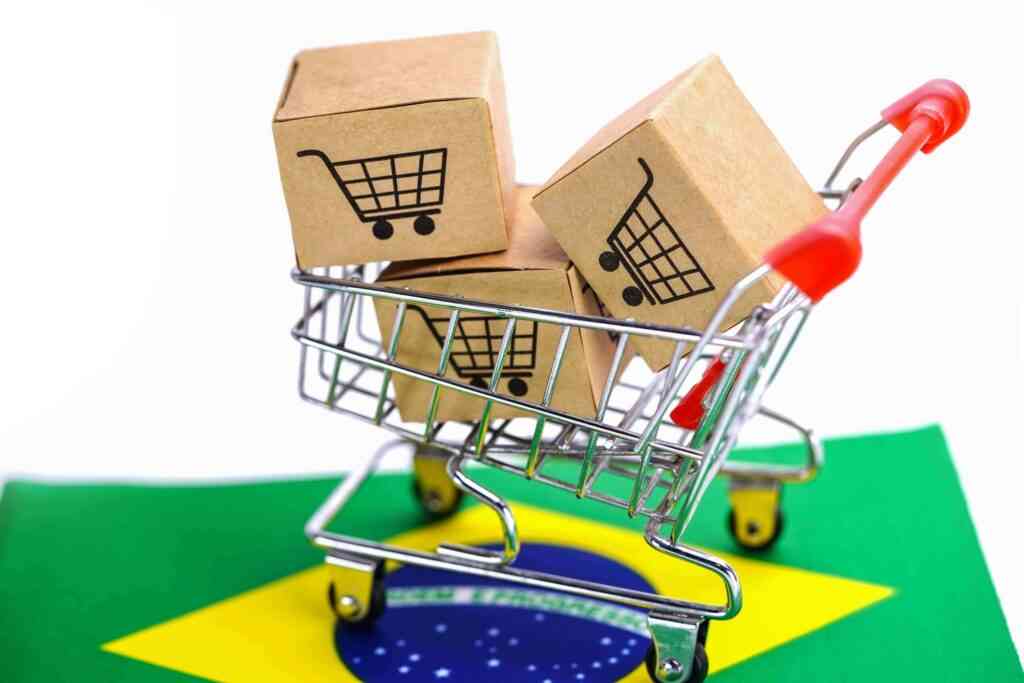
Fulfillment is used to boost customer sales and is very common in the country's main marketplaces, such as Magalu and Mercado Libre. This business model is used by retailers to facilitate the storage, packaging and shipping of products, as well as improving the consumer experience and providing a more efficient logistics process for these two sellers' partner sellers. How does Full do Magalu work? Initially, the process is carried out directly by the company that owns the product, following the steps: registration, storage, stock management, packaging, delivery, support and after-sales, payment. What are the advantages of having Magalu Fulfillment? Magalu Fulfillment is an option for those who want to start selling their products on the marketplace. At Social, we manage the main marketplaces on the market. Through our Digital Commerce hub, we extend the reach of your business and connect brands that can benefit from your audience, helping you to reach more consumers and increase visibility.
Mercado Libre and Fulfillment: what are they?
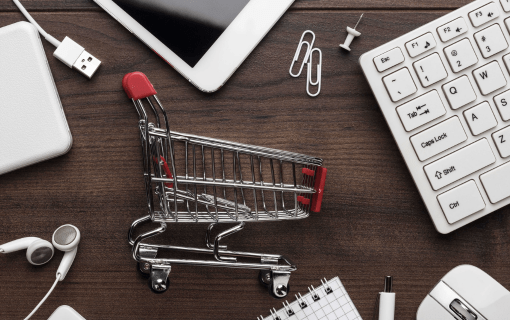
Fulfillment is the business model that integrates all processes, from ordering to stock picking, packaging, delivery and after-sales, and is widely used by the country's main marketplaces, such as Mercado Libre and Magalu. In this article, you'll find out how this service works at Meli and what its benefits are. How does Mercado Livre Fulfillment work? Mercado Envios Full, as the service offered by Mercado Livre is called, is responsible for the entire logistics flow: from receiving the products, through storage and sorting, to sending them to the end consumer. It's a great ally for expanding sales and offering a quality service. What are the benefits? Opting for Fulfillment in marketplaces is an effective way to position your brand, reach more customers and stand out from the competition. We manage marketplaces for Mercado Libre, Magalu and other important sellers in the market. Our aim is to connect your products to the right platforms, working with more than 300 marketplaces. In addition, we bring together brands that could benefit from your business's audience, helping you to reach even more consumers and increase your visibility.
We are made to go further

In our journey of evolution and strengthening as a Full Digital Commerce company, we have improved our communication to convey even more trust and commitment to our customers. Check it out below! We present digital as a universe much bigger than you think, where the possibilities for expanding operations, borders and results are much greater. For all starting points, we are a stepping stone, because we are in the world to evolve. We exist to make your brand go further, to build the path with you. We are Unlimited Digital Commerce. We are made to go further!
Hub Retail: successful events that connect brands and consumers
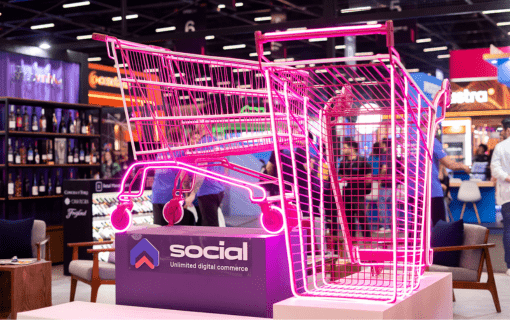
In 2024, we consolidated our role as one of the main players in organizing commercial events, creating experiences that leveraged the presence of leading brands in the e-commerce and retail market. Among the most notable moments of the year, I would highlight strategic retail actions developed for major brands. A world leader in imported perfumes held an exclusive event in Itaim Bibi, while an alcoholic drinks giant, renowned for its premium whiskies, champagnes and vodkas, was present in the luxurious Cidade Jardim. Concha Y Toro, a renowned wine producer and exporter, promoted memorable experiences at the prestigious Tivoli and Tangará hotels. These events not only attracted a large audience, but also strengthened the emotional connection and image of these brands with consumers. End-to-end planning and execution Every event I organize is thought out down to the smallest detail and caters to different types of niche markets. My portfolio of services includes Highlights of the year Every retail event project can be challenging and, to guarantee the expected success, I work with an expertise that allows brands to worry only about collaborating to achieve the best execution and experience together. One example was the action carried out for Hive, a performance supplement company. I carried out all the backoffice logistics and operations, taking orders and delivering them on site to an audience of more than 1,000 people in real time, as well as delivering them to the client's home within 24 hours after the event. For the imported perfume sector, I created a unique sensory experience that attracted an audience interested in tasting and buying the brand's products. The space featured a sophisticated setting, interactive activations and sampling of iconic products, reinforcing the differential of the experience as a whole. For the alcoholic beverages sector, I designed an immersive operation for a highly selected and exclusive audience, offering tastings and digital activations that connected consumers to the stories behind the brands, strengthening engagement. These projects exemplify my ability to carry out retail actions in various sectors, such as cosmetics, food, beverages and sports. With more than 80 brands in our client portfolio, these actions are key to increasing sales, broadening brand exposure and creating genuine connections with consumers, fostering identification and loyalty that significantly impact turnover. Commitment to excellence Customer satisfaction in 2024 reflects my commitment to creating unique, complete and memorable experiences. For 2025, my mission is to raise the bar even higher in terms of innovation, impact and structure, offering tailor-made solutions to meet the needs of each brand. I turn ideas into unique and specific cases for each business objective. Continuing to build successful partnerships and making each event an unforgettable celebration is something I take as the essence of my work.

